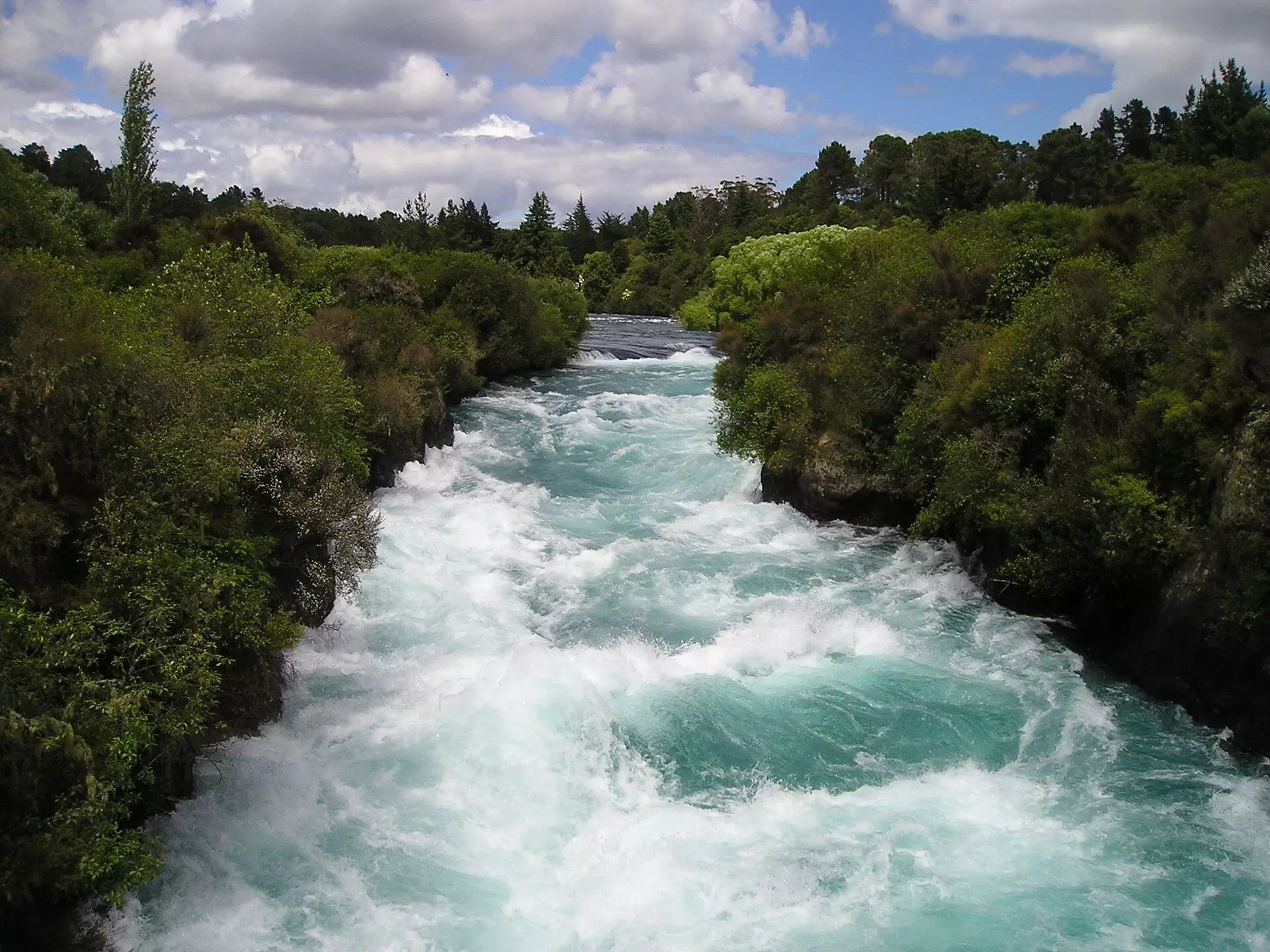As artificial intelligence (AI) systems continue to proliferate, their insatiable appetite for energy is starting to reveal alarming consequences for the U.S. electrical grids. Generative AI tools, including powerful systems like ChatGPT, consume electricity equivalent to that used by 180,000 households each day. This vast resource consumption highlights a pressing issue: the energy required to train AI models exceeds even the most staggering expectations. For instance, training GPT-4 utilized over 50 gigawatt-hours, a figure that places it at 0.02% of California’s annual electricity output, a striking increase compared to its predecessor GPT-3.
What should raise a red flag for policymakers and energy strategists is the predicated exponential growth in electricity demand driven by AI. California’s largest utility, Pacific Gas and Electric (PG&E), anticipates that energy requirements could double by 2040, underlining the urgency of addressing this challenge. Shon Hiatt, an associate professor at USC and an advocate for innovative energy solutions, posits that hydropower may offer a sustainable pathway to help meet these rising demands.
Hydropower: An Underutilized Resource
In the energy discourse dominated by solar and wind alternatives, hydropower often lurks in the background as an underappreciated player. Its reliability and continuous output make it a formidable, yet underutilized resource in the United States. Hiatt emphasizes the need to reorganize our energy infrastructure and recognize hydropower’s potential role in sustaining the momentum of the AI revolution. With electricity demand projected to surge in tandem with increased AI applications, strategically harnessing this clean and renewable energy source is a timely proposition.
The growth of electricity consumption is not isolated to AI; it is bolstered additionally by federally subsidized manufacturing facilities and the rampant adoption of electric vehicles (EVs). Data centers, in particular, have emerged as voracious consumers of energy, as they require a constant, dependable power supply. Unfortunately, while renewable sources such as wind and solar are lauded for their sustainability, their intermittent nature means they require substantial energy storage solutions. With the energy landscape evolving, utilities are likely to revert to fossil fuels and other non-renewables to satisfy surging demands.
The Path Forward: Enhancing Existing Infrastructure
To alleviate the pressure on national electrical grids, refurbishing current hydropower facilities represents an immediate, viable solution. The U.S. Department of Energy estimates that upgrading existing plants can yield up to 10 gigawatts of additional power. Considering that fewer than 3% of the nation’s nearly 90,000 reservoirs currently produce energy, the opportunity to install turbines on existing reservoirs could usher in a new era of energy generation, potentially adding another 12 gigawatts of output.
One of the advantages of hydropower is its ability to provide baseload energy, which other renewable options, such as solar and wind, may struggle to match due to their dependence on climatic conditions. While wind and solar energy expand on a larger land footprint, hydropower can capitalize on existing structures, requiring less alteration to land use and potentially minimizing environmental impact.
Balancing Energy Needs with Environmental Responsibility
Every energy source has its pros and cons, and navigating these trade-offs is essential in crafting a sustainable future. While the potential for enhancing hydropower is evident, the tension between energy generation and ecological preservation cannot go overlooked. Run-of-the-river hydropower offers a solution with reduced environmental impact, as it requires no large reservoirs and utilizes the natural flow of rivers to generate power.
However, the path toward establishing new hydropower facilities is fraught with bureaucratic challenges, with prolonged licensing and permitting processes often hindering progress. While there is immense potential for energy generation with run-of-the-river systems, the reality remains that meeting imminent energy demands in the face of rapid AI expansion may necessitate reliance on other energy sources.
The Energy Landscape and Emerging Solutions
With the energy needs for AI data centers projected to surge in the coming years, the emergence of combined cycle natural gas facilities presents a quick fix. These facilities are relatively quick to construct, occupy smaller footprints, and capitalize on the current abundance of inexpensive natural gas. Small modular nuclear reactors also offer a glimmer of hope as a potential solution; however, their rollout may not materialize until 2030 or beyond.
As we stand at the intersection of technology and energy, the imperative to rethink and retool our energy policies is clear. Embracing hydropower, particularly through upgrading existing infrastructure and exploring innovative solutions like run-of-the-river technology, may serve as crucial steps toward meeting the escalating demands of an AI-driven world while promoting environmental sustainability.


Leave a Reply